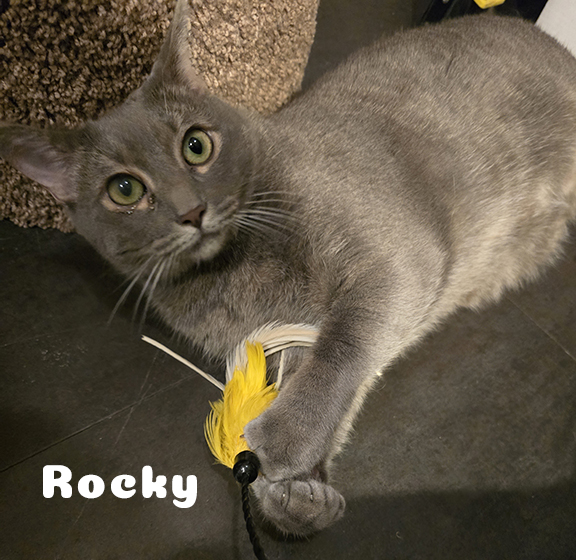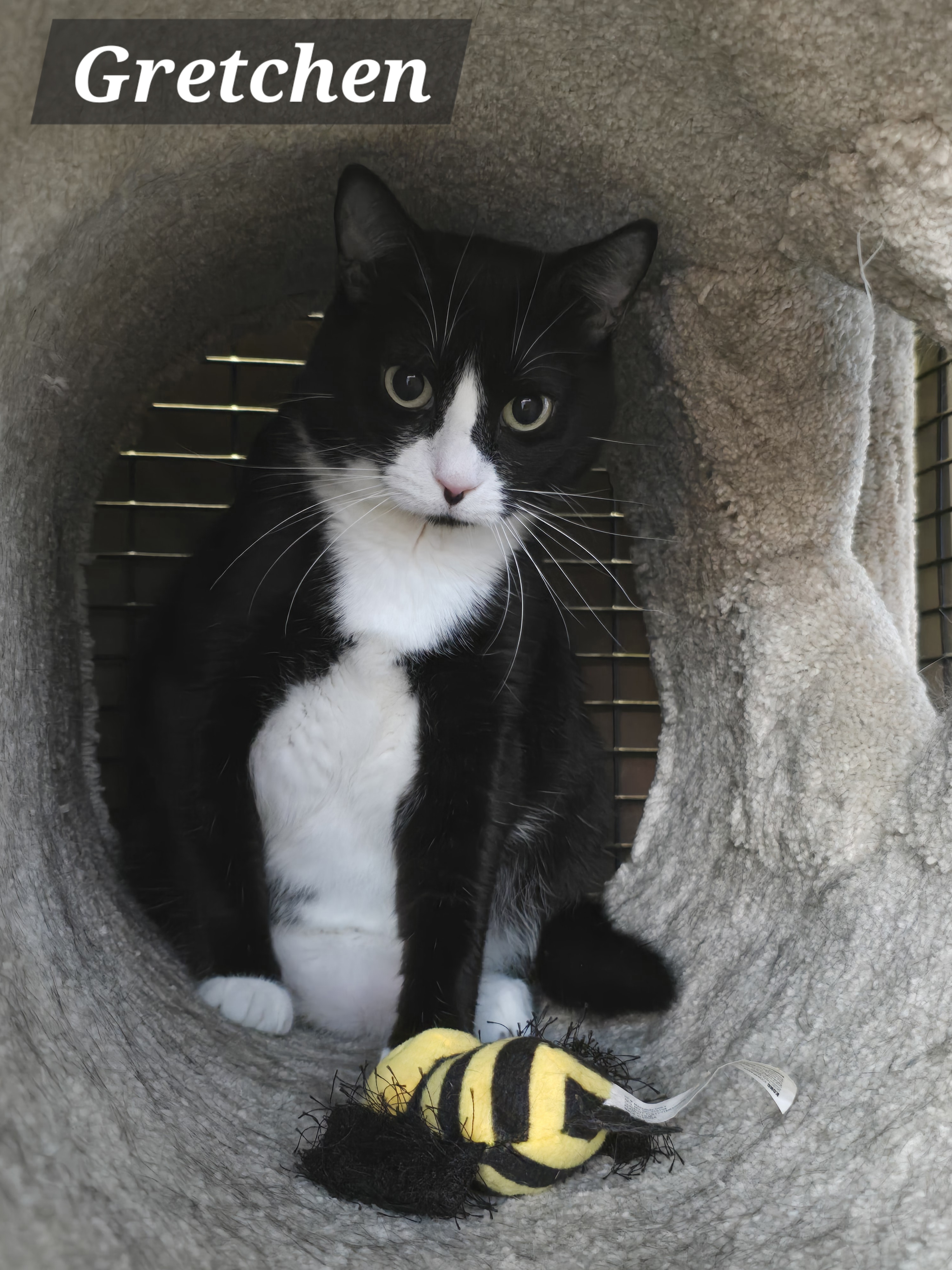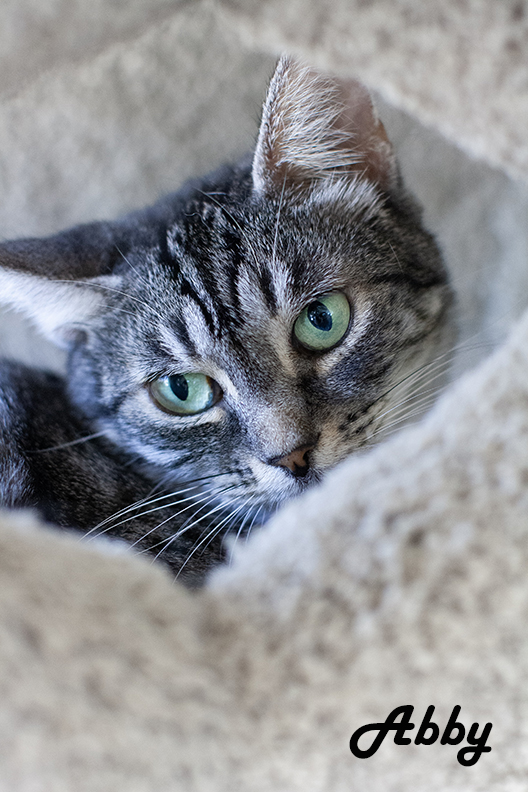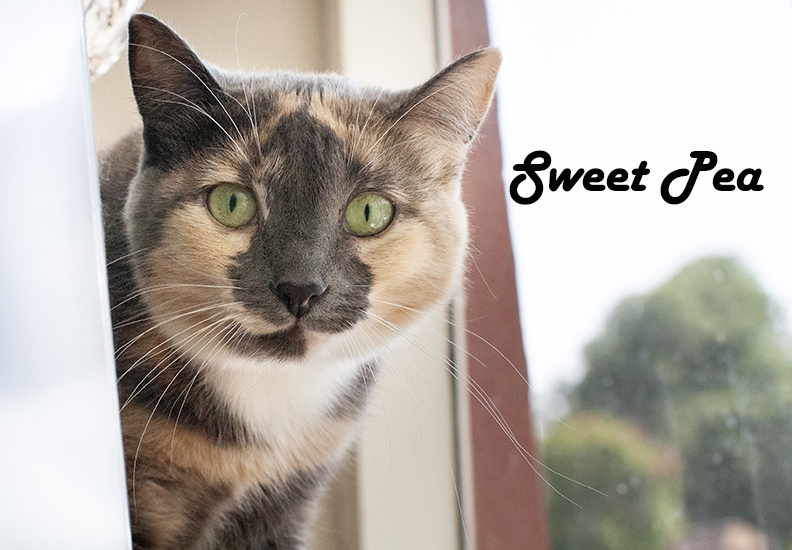Meet Our Adults

Whis-Purr Adult Cats - Adopt Today!
Whis-Purr Rescue currently has a number of wonderful, well socialized, adult cats, hoping to find their forever homes soon!
PLEASE JOIN US on FACEBOOK to see live feeds and meet our current kittens available for adoption.
Whis-Purr Rescue's adoption center location is in the Peninsula Feed Store building, 346 El Camino Real in Redwood City (1 block north of Whipple Ave)
Whis-Purr Rescue is open by appointment ONLY!
Visiting us with an appointment has been working very well as it gives the potential adopter the opportunity to spend time with all of Whis-Purr's cats and kittens, without distractions.
So... how about it? contact us today to arrange visit to meet our precious adults and bring new fur babies into your family.
PETFINDER
"Our Adult cats available for adoption change frequently. To see a more current list, visit our Petfinder or email us."
Adoption Fees
- $ 85.00* = Single Adult
- $160.00* = Adult Pair
* Prices include microchip registration
Meet Our Kittens

Whis-Purr Kittens- Adopt Today!
Whis-Purr Rescue currently has a number of amazing, well socialized, loving kittens, waiting for their forever homes.
PLEASE JOIN US on FACEBOOK to see live feeds and meet our current kittens available for adoption.
Whis-Purr Rescue's adoption center location is in the Peninsula Feed Store building, 346 El Camino Real in Redwood City (1 block north of Whipple Ave)
Whis-Purr Rescue is open by appointment ONLY!
Visiting us with an appointment has been working very well as it gives the potential adopter the opportunity to spend time with all of Whis-Purr's cats and kittens, without distractions.
So... how about it? contact us today to arrange to bring new fur babies into your family.
PETFINDER
"Our kittens change frequently. To see a more current list, visit our Petfinder or email us."
Adoption Fees
- $ 106.00* = Single Kitten
(Single kittens are ONLY adopted out under certain circumstances) - $ 197.00* = Kitten Pair
* Prices include microchip registration
Meet Our Cats in Sanctuary At Whis-Purr

Whis-Purr Rescue's Sanctuary Cats!
Whis-Purr Rescue has a heart for the homeless, abandoned adult cat population. We have adult pairs and at times singles that need to find their new forever homes. You can view our adult cats available for adoption here.
We also have an established sanctuary for 21 adults, ranging in age from 5 to 16 years old. These cats were late rescues, older, and they currently live in community at our Whis-Purr location. Our sanctuary cats have sweet stories of how they have come to be with us.
Whis-Purr Rescue was one of a few Shelters that received Jackson Galaxy's CAT PAWSITIVE grant for 2020. We have been training our Sanctuary Cats. You can see them pictured here. Our trainers have made huge strides as they continue training with the kitties. Check them out on our Facebook page. We have a group that you can join and view their videos and see their success stories. We work with our adults every day, providing loving care and fun playtimes. We encourage others to engage with them as well. This year in 2024, we have had more challenges with one of the cats diagnosed with diabetes and one of his kids, small cell lymphoma. We realize as the sanctuary cats continue to age, there will be others that may become ill and require special care. We are prepared for whatever it takes to care for these precious ones and provide the best quality of life for each of these little lives.
There are a few of the sanctuary cats that have become quite friendly and as you look at their pictures, you wonder why can't these cats get homes? We are open to placing our sanctuary cats in a home, but because of the nature of their long time here at Whis-Purr and the fact that they have serious bonds with their family members, and others, it is more difficult to make that happen. The small population of friendly cats in the group are the ones that help the others to have a more engaged life. These cats all seem to be content in their spaces and get much love and attention by many volunteers.
We are always looking for, and welcome people who would like to spend time at Whis-Purr Rescue. We would train you in our clicker training techniques and introduce you to the sanctuary cats so that you too can be involved in enriching their lives. You can reach out to us by email volunteer@whis-purr.org or leave a message for us at (877) 307-2747.
If you would like to sponsor our cats in sanctuary, you can do so by going to our Whis-Purr's Network for Good Sponsorship Page
Whis-Purr Rescue is open by appointment ONLY!

